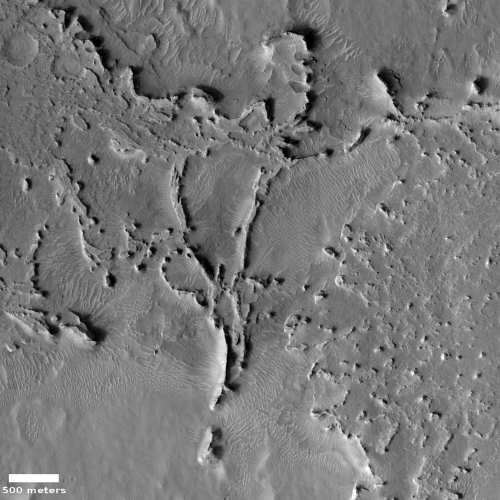China launches rocket from ocean launch platform
The new colonial movement: China today successfully put nine Earth observation smallsats into orbit using its Long March 11 rocket, and it did it by launching from a floating launch platform.
I have embedded video of the launch below the fold. Notice that the rocket appears to ignite its first stage engines after it is flung upward from the platform, similar to the launch of an ICBM from a submarine. This is not surprising, as the Long March 11 solid fueled rocket is based on ICBM technology.
The leaders in the 2020 launch race:
23 China
15 SpaceX
9 Russia
4 ULA
4 Europe (Arianespace)
The U.S. still leads China 24 to 23 in the national rankings.
The new colonial movement: China today successfully put nine Earth observation smallsats into orbit using its Long March 11 rocket, and it did it by launching from a floating launch platform.
I have embedded video of the launch below the fold. Notice that the rocket appears to ignite its first stage engines after it is flung upward from the platform, similar to the launch of an ICBM from a submarine. This is not surprising, as the Long March 11 solid fueled rocket is based on ICBM technology.
The leaders in the 2020 launch race:
23 China
15 SpaceX
9 Russia
4 ULA
4 Europe (Arianespace)
The U.S. still leads China 24 to 23 in the national rankings.








